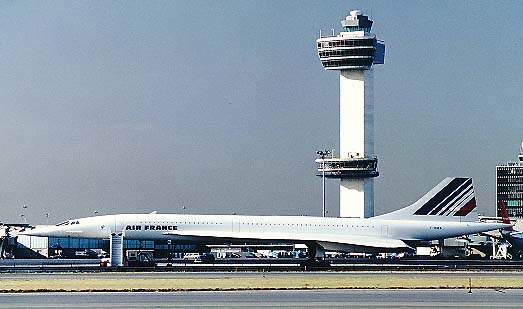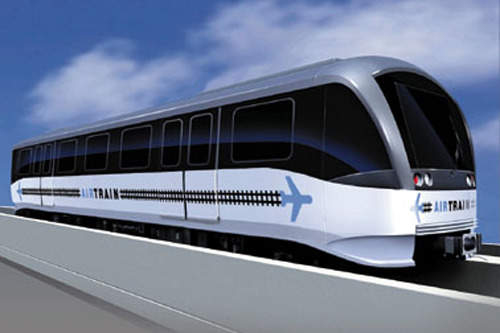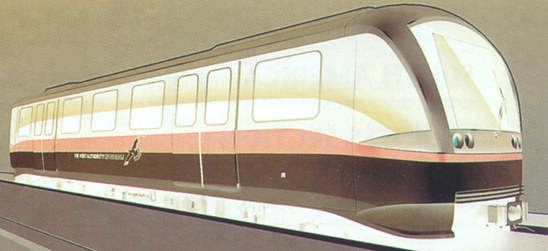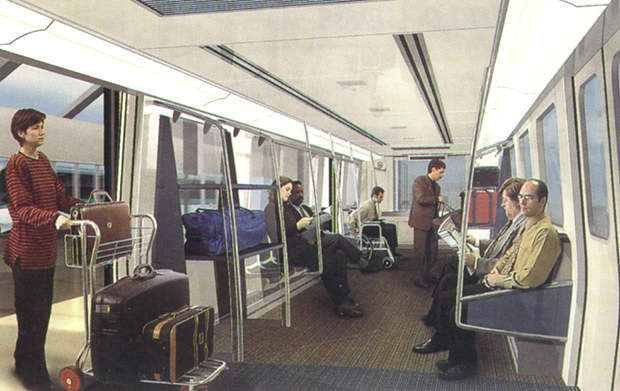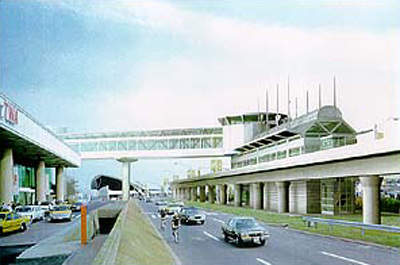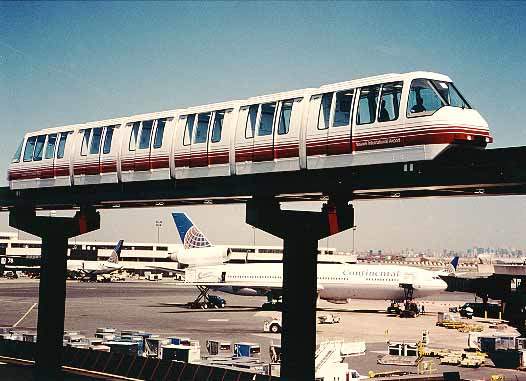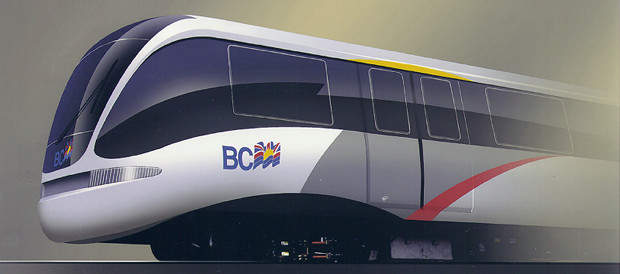John F Kennedy Airport, the biggest international gateway to the American city of New York, now has a new, fast, direct link with the city centre, which is dramatically slashing journey times.
Due to open in 2002, this slipped to November 2003, but six months later, it had carried its millionth passenger.
The $1.9bn project was launched in response to 30 years of congestion, which eroded New York’s competitiveness as an international trade centre, with poor access to airports cited as the second most common reason for firms moving.
AirTrain JFK passengers can use the system to connect between airline terminals, rental car facilities, hotel shuttles and on-airport parking, as well as the subway, Long Island Rail Road and local buses at the off-airport terminals at Jamaica and Howard Beach. On-airport travel on AirTrain JFK is free.
The project
Skanska USA, in partnership with Bombardier Transportation, lead the joint venture project.
The links are financed through the fare box, and from capital funds of the Port Authority of New York and New Jersey. This is a bi-state body, which also runs a Hudson River crossing service linking the two states, and operates two New York bus terminals, providing services from the centre of the city to Manhattan. All passengers leaving Kennedy Airport have paid a $3 local tax for many years, and this meets a large portion of the new line’s costs.
About 4,150 people have been involved in the link’s construction, while Port officials anticipated that the work would bring up to $580m into the local economy. The total cost of the new link was $1.5bn, and no local or state tax money has been used.
Target journey times from downtown (city centre) to the airport are around 45 minutes, with the major interchanges at Howard Beach and Jamaica now 12 minutes from the airport. This compares with a journey of up to two hours previously faced by air passengers to and from the city centre. An AirTrain trip around the airport’s terminals takes just 8 minutes, compared with 20 minutes previously.
Infrastructure
The new line’s natural starting point is Jamaica, north-west of the airport itself. The total length of new track is approximately 8.4 miles (13.5km), which consist of a two-mile loop connecting the airport’s nine terminals in the Central Terminal Area; a 3.1-mile (5km) extension to the Jamaica transportation centre, from where connections are available into rail, bus and subway lines operated by Federal Circle; and a 3.3-mile (5.3km) extension linking the new line with the subway at Howard Beach.
There are ten new stations, six serving the airport’s terminals, plus Howard Beach, Federal Circle / Rental Car, Jamaica Station, and long-term and employee parking. Each is elevated on pre-cast, post-tensioned concrete segments.
They are fully enclosed, heated and air-conditioned, with platform doors, wide escalators, large glass enclosed elevators, and moving walkways to connect them to the airline terminals. Platform lengths are a standard 240ft.
The terminal provides JFK-bound passengers with a seamless transfer to the airport from Long Island Railroad (LIRR) and E, J and Z line subway trains within an airport environment, with airline ticket counters offering baggage check-in facilities. The AirTrain service from Jamaica Terminal to JFK opened in 2003.
Rolling stock
Three companies forming the AirRail Transit Consortium won the bid to design, build and operate the system from a short-list of five.
Rolling stock builder Bombardier, responsible for supplying the new trains, delivered the first two of the 32 trains in 2000 for on-site testing and by early 2002, 75% of the fleet had been delivered.
The contract, worth $930m, was for 32 linear induction motor-powered cars, based on the Vancouver Skytrain design.
Signalling and communications
The system is controlled by a moving block signalling network, whereby each section of the double-tracked network is divided into signal sections, the size varying according to the mean speed of any train occupying it.
The trains run under automatic train control, transmitting details of each one’s location back to the central control hub. While ATC is the main mode of operation, the system can be run manually in an emergency.
Stations are equipped with dynamic displays showing real-time information of train movements, a PA system and CCTV cameras.
The future
AirTrain JFK’s first year was a great success, with a total ridership of more than 8.7 million passengers, including more than 2.5 million revenue passengers. The system is now carrying nearly 32,000 riders per day, just short of the initial 34,000 per day estimates.
About 8,000 to 8,500 of the daily riders are revenue passengers who arrive or depart at the off-airport AirTrain JFK terminals at Jamaica and Howard Beach. In 2005, work was due to start on construction of a new passenger terminal on the Terminal 5 site at JFK, which will have a connection to AirTrain. The Port Authority budget also provides funding for a study to determine the feasibility of building a rail link between Lower Manhattan and JFK.

